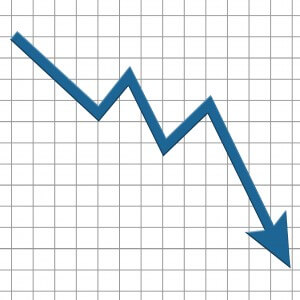Reduce the cost of repairing your rotating machines
With interest rates continuing at record low rates and most companies reporting increased output, perhaps now is the time for plant operators using electric motors, pumps, gearboxes, conveyors etc. to fix the cost of repairs, therefore insuring the risk against increased costs. To sustain reduced costs failures have to be reduced, so how can this be achieved?
This can be achieved by fixed price agreements with service providers of rotating machines. Our company, CPM, have been operating such agreements for rotating machines and electronic drives since the early 1990s and can demonstrate saving from previous year’s spending. By transferring costs away from repair to more constructive CBM services, we have shown continuous improvement while reducing costs.
It creates an environment where neither party benefits from failures.

What is a Fixed Price Agreement?
It’s what it says. Your Service Provider agrees to perform all your ‘offsite’ repairs and overhauls in return for fixed price less than the previous year.
What repairs are covered?
All repairs within an agreed scope. You can include or exclude whichever machines you wish so long as it’s within your Service Providers scope of expertise. This can include electric motors, pumps, gearboxes, fans, agitators etc. Simply determine the level of support that you need and the Service Provider will come up with a proposal which will offer you a fixed price less than you paid last year. In many instances costs can be reduced year on year for the length of the agreement.
How do you fix the price?
My company for instance would ask the customer for details of what they have spent repairing these machines for the previous 3 years. This way the potential liability can be calculated along with an assessment of how to reduce the number of machines failing in the future. The scope of the savings can vary and is dependent upon a number of factors including:
- The type of machines included,
- The value of the machines included,
- The scope for the Service Provider to help reduce failures,
- The access to the machines on the plant to perform CBM techniques,
- Which customers performed the repairs in previous years,
- What spares machines are carried.
So how does the Service Provider make money and reduce the fixed price?
They would perform CBM services within the fixed price with a view to stopping unforeseen failures and therefore reducing the secondary damages caused by failure which is estimated as high as 50% of the repair cost.
Effort is also put into:
- Engineering out repetitive failures,
- Extending mean time to failure,
- Reducing emergency premiums by overhauling more and repairing less,
- Reducing the costs of secondary damage,
- Negotiating with suppliers the cost of spares in advance,
- Replacing in instances where repair costs are higher and to improve energy efficiency,
- Making sure machines are ‘fit for purpose’.
What are the benefits to the customer?
- Improved plant availability through reduced failures,
- Spending less than the previous year,
- On-going reduction in spend for the life of the agreement,
- Improved energy efficiency program,
- Free CBM services,
- An agreement whereby both parties benefit from reduced failures.
